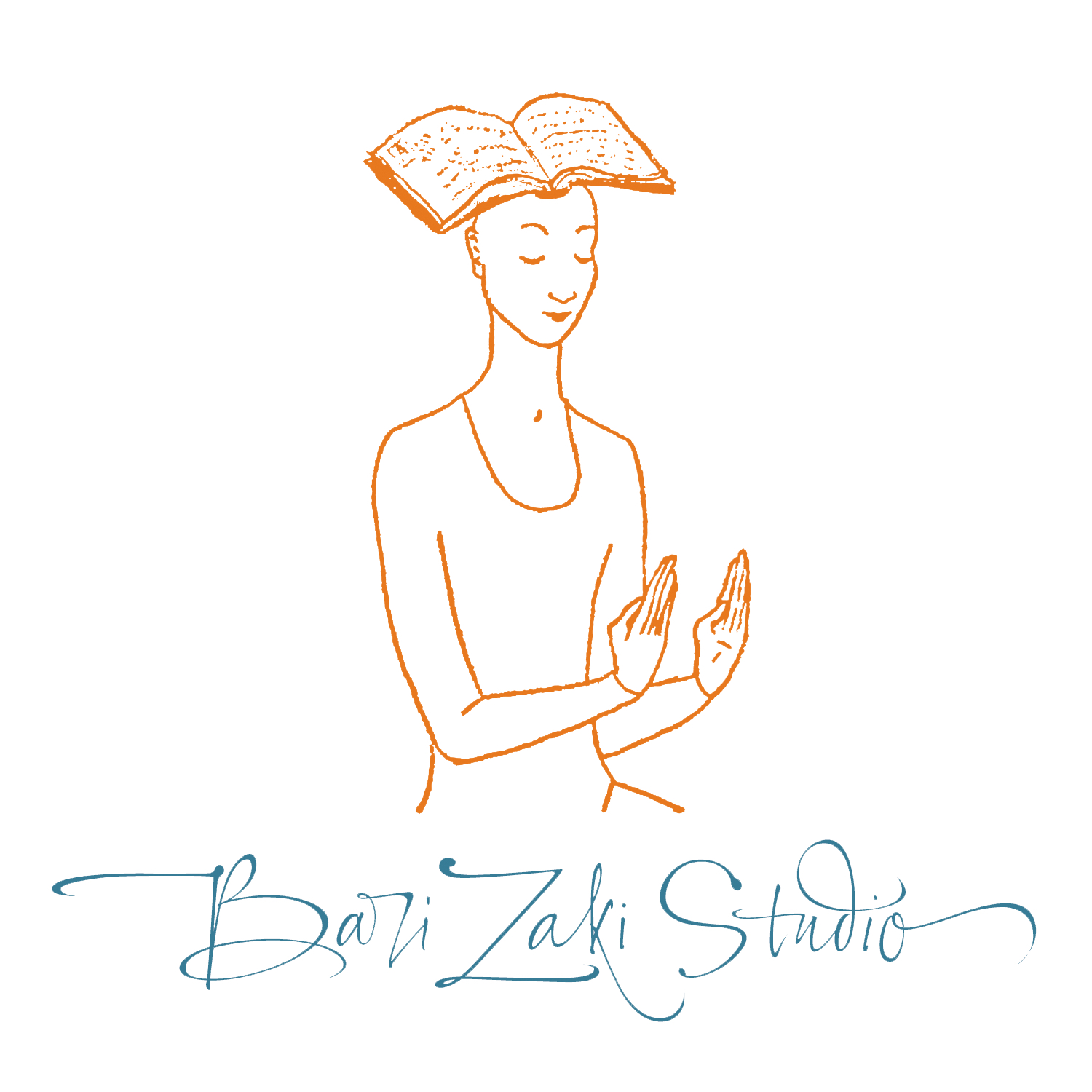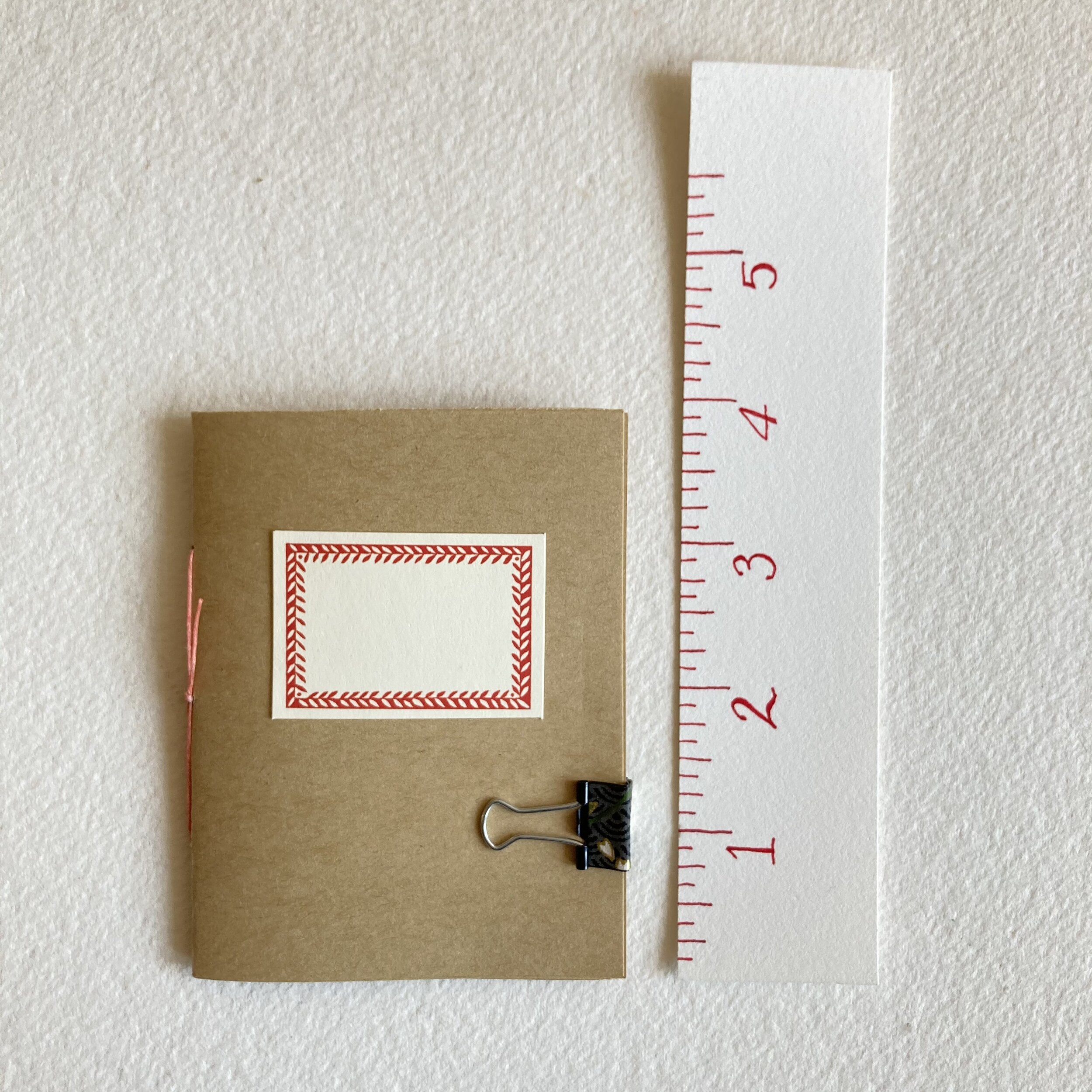Dear Everyone ~
In honour of National Letter Writing Month 2021, albeit almost over, I would like to showcase three pieces of noteworthy mail I’ve recently received and to announce two very limited editions of Bundles of Stationery Joy.
David Reed is one of my three youngest workshop students ever. After taking my Introduction to Bookbinding via Zoom workshop in March, he mailed a beautifully handwritten French-themed thank-you ensemble. The layers were a trio of delight to open. First, he lined his outer envelope with a classic French marbled paper. Second, he hand-folded the inner envelope from a magazine page featuring two angelic scribes. Third, he also lined his inner envelope with a bird’s eye view of Paris paper. His charmola letter was accompanied by his business card, which was tucked into a glassine envelope.
Laura J. Lago is an artist and budding bookbinder who I met in the summer of 2015, shortly after opening the shop. Several months ago, Laura purchased The Art of the Hand-folded Envelope kit, so I was anticipatory when her envelope arrived. At first glance, after admiring the butterfly theme & vintage postage, I see there’s washi tape on the sides of the envelope. I think it might be for embellishment … In her letter, Laura explains that her kit has gone missing and so she has improvised her “flaps.” I promptly printed out a fresh handout and mailed it off to her in an envelope I hand-folded in return.
And here is a one-of-a-kind enveloped postcard that artist Janet Bouldin watercoloured for me while she was perfecting her envelope illustrations for the MORE Art of the Hand-Folded Envelope kit. She writes that illustrating the shape of an as-yet unfolded envelope is incredibly enjoyable for her.
Although April is nearing its end, it’s never too late to begin sending mail. I have assembled a limited edition of Bundles of Stationery Joy wrapped in two different styles of Japanese paper: fabric-like lace and Sogara yuzens.
A word about the Sogara Yuzens: Each lovely sheet features a single scene across its entirety. Each wrap I’ve cut is a full quarter sheet that you can reuse for bookbinding, collage, or lining an envelope or two! Each bundle is beribboned with Japanese flat silk cord, which you can also reuse for bookbinding or gift-giving.
As always, each bundle presents an assortment of 30-some pieces, including letterpress-printed notecards, hand-bordered sheets with matching envelopes, and at least three enclosure cards, including one handmade from Italy and one from Smythson’s in the U.K. And an octet of 10¢ Letters Mingle Souls stamps.
Bundle of Stationery Joy, Scenic wrap
Bundle of Stationery Joy, Fabric-like lace wrap
Epistolarily, Bari

































































































